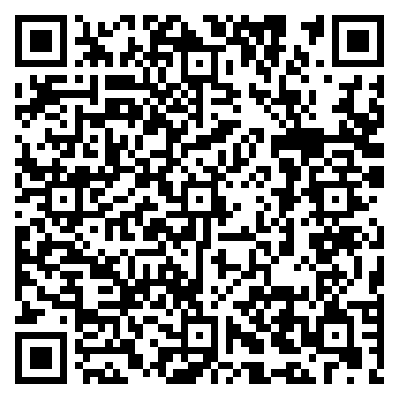Zhitong Finance noticed that euro zone companies have been hoping for a weaker euro for many years. This is happening now, but not at the right time.
The euro has fallen more than 12 percent against the dollar this year, falling below the euro for the first time in 20 years. A fall in the exchange rate has pushed up the cost of imports in the euro zone, adding to the destructive power of soaring energy prices and adding to a record surge in inflation that has rattled the economy.
That’s bad news for corporate profit margins in the euro zone, with German companies warning on Tuesday that they still face “strong cost pressures.” In addition, consumer inflation in the euro zone is already close to 9%, dampening demand, which will also weigh on sales and profits.
Whatever the benefits of currency devaluation—export competitiveness, the impact of exchange rates on foreign incomes—are outweighed by the threat of an energy crisis and recession. Europe is particularly vulnerable to energy supplies because it relies on imports from Russia. Gas supplies have been reduced, and further reductions would put more pressure on the region’s economy, especially Germany.
The euro isn’t the only asset reflecting concerns about the European economy. Madison Faller, global strategist at JPMorgan Private Bank, said the euro’s break below parity against the dollar “symbolizes greater downside risks to European growth”.
“European equities are trading 30% lower than U.S. equities, reflecting these risks and the market’s greater weighting in sectors such as energy and financials,” she said.
Concerns about the economy are also driving currency moves, with traders betting that this will limit the ECB’s ability to tighten monetary policy, causing the ECB to further lag the Fed’s aggressive rate hikes. Widening spreads are positive for the U.S. dollar, and the current trend is also the result of a stronger U.S. dollar. The euro closed near its weakest level against a basket of global currencies since 2015, a Bloomberg index showed.
But there is also a major structural problem at play, as the energy crisis has forced a reassessment of the long-standing industrial model that has been at the heart of the German economy. ING strategist Chris Turner summed up the model as “importing cheap energy, taking advantage of globalization, adding value, and exporting products around the world”, but it has lost its first major pillar.
“If you see euro-dollar parity, you’d think it looks super cheap,” he said. “But in reality, the euro’s fair value has been damaged by the energy crisis, and you can’t rule it out 10 more from now. percent chance.”
Other strategists agree that the risk is to the downside. Morgan Stanley expects the euro to fall to $0.97 against the dollar this quarter, a level not seen since the early 2000s. JPMorgan expects gold to test $0.95 in the second half of the year.
The broad impact of the euro’s fall
The euro’s recent fall has brought it to its lowest level since 2002. Its lowest point was in 2000, when it fell below 85 cents. The euro then appreciated, averaging above $1.30 during both the global financial crisis and the subsequent euro zone debt crisis. This led to complaints from business and politicians at the time, who believed the strength was hurting exports and the economy.
Now, the situation has reversed.
The weaker euro means some European companies have boosted their profits in other currencies. On average, more than half of Stoxx 600 companies’ revenue comes from outside Asia, with the U.S. one of their largest markets.
For a company like Airbus, which sells planes in dollars and books its books in euros, every penny in the euro’s exchange rate against the dollar can affect annual profits by 130 million euros.
Unilever gained 1.3 billion euros in currency in the first half as the dollar, the Brazilian real and the Indian rupee strengthened against the euro. That’s more than double the year-ago period’s earnings.
However, any monetary benefit could be eroded by the impact of cost, especially if the materials are priced in dollars.
“The weaker euro hurts corporate margins by raising dollar-denominated input prices,” said Kenneth Broux, head of corporate research, foreign exchange and rates at Societe Generale. “If soaring energy prices and weakening global demand affect real incomes and consumer spending, Demand will also weaken within the EU/globally, and the company’s sales and profits will also be adversely affected.”


Massive information, accurate interpretation, all in Sina Finance APP
